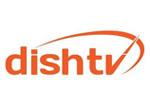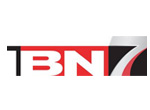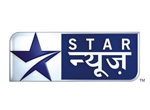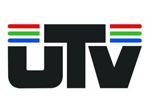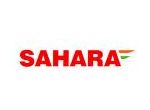
LMNTS Transport Stream Loudness Processor

LMNTS (Loudness Management for n-Transport Streams) is a first in comprehensive transport-based loudness processing. LMNTS represents a quantum leap in multi-stream loudness processing integration ease, economy, confidence, and consistency. Operating at the MPEG transport layer, LMNTS provides a practical loudness management solution for MVPD operators without the need or complexity of external codecs transferring between baseband and MPEG interfaces.
9985 Loudness Processor with Frame Sync

Using Linear Acoustic® AEROMAX™ technology, the Fusion3G® 9985 card offers 5.1-channel or stereo loudness processing for any audio channels sourced from embedded, AES, or analog audio inputs. AEROMAX algorithms use a sophisticated multiband approach, in which multifaceted loudness correction is specifically targeted to various frequency ranges and other characteristics within the program material. The result is audio free from abrupt loudness or image shifts while preserving more of the original ambience than previously possible. Because the card processes audio loudness locally and in sync with the video, loudness is processed without the accumulated latency delay found in other loudness processors. Remote control is quick and easy with the free DashBoard™ remote control software, or Cobalt OGCP-9000 series remote control panels.
Color Correction 9084

The 9084 offers RGB-space color correction with YCbCr proc features and frame sync for HD/SD-SDI video streams. The RGB processing controls provide full offset, gain and gamma adjustments. The YCbCr proc controls provide lift, gain, saturation, phase, white clip (hard and soft), black clip, and color saturation clip – all with user memory. Parameter updates are smooth and responsive, providing real-time adjustments. Even though the card provides extensive control of the signal from the RGB perspective, it will continue to pass those signals that fall outside of the RGB gamut. Pluge and YCbCr limit ramp signals pass without modification. When the CbCr saturation clip is activated, the saturation limiting operation will not affect the color phase.
Timecode Inserter 9381

The 9381 provides centralized timecode support, allowing conversion and insertion of VITC waveform, ATC_VITC, and ATC_LTC timecode on the SDI output. Timecode can be extracted from the SDI input, analog video input, or embedded audio LTC sources and applied to the SDI output as waveform or ATC-based timecode as applicable. The card also provides embedded audio routing and controls, and full video proc control with user memory.
Audio Delay Units

The 9301 is an AES audio delay unit with 16 channels of AES input and output.
Optional AEROMAX™ algorithms use a sophisticated multiband approach to loudness processing. These algorithms can apply multifacted loudness correction specifically targeted to various frequency ranges and other characteristics within the program material, resulting in audio free from abrupt loudness or image shifts while preserving more of the original content than previously possible. Because the card processes audio loudness locally and in sync with the video, loudness is processed without the accumulated latency delay found in other loudness processors.
5000 Series Converters for Legacy Frames
The openGear™ Adapter Cards enable the use of Cobalt Digital 5000 series cards in an openGear™ frame. In addition, legacy cards such as the Ross 8000* series and the Leitch 6800* series can be adapted to the openGear™ frame with the openGear™ adapter cards. The oGA-1 linear adapter supports loads up to 4 watts per card while the oGA-2 high efficiency adapter supports loads up to 10 watts per card.
Blue Box Compact Converter Units
Cobalt introduces Blue Box – our all-new line of interface converter boxes that not only offer excellent performance, but also excel to a new level of ease of use and installation practicality.
Designed to attach securely to associated equipment, Blue Box provides for a neater, more physically secure and dependable installation than with other interface boxes. Blue Box can power directly via USB to get its power from video monitors or other equipment without bulky and non-secure “wall wart” adapters.



